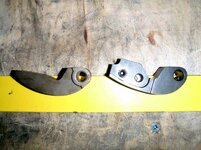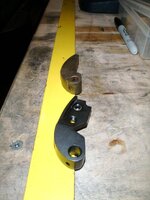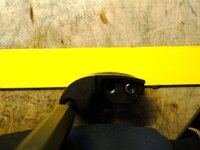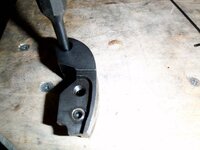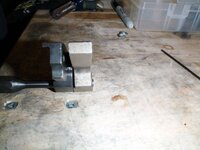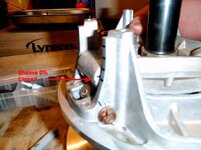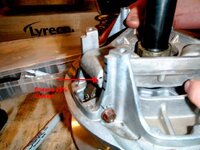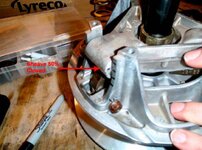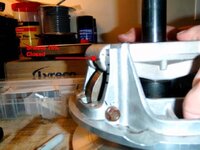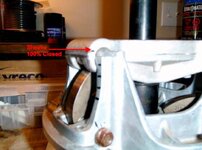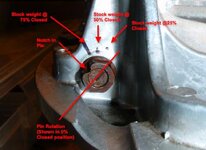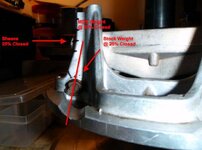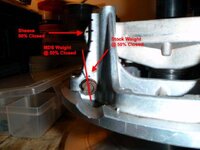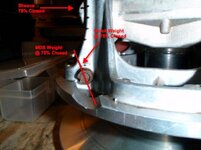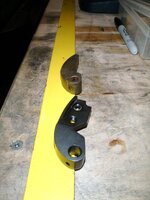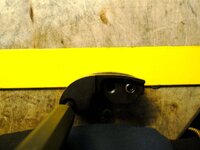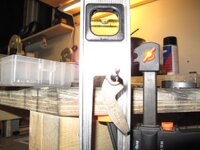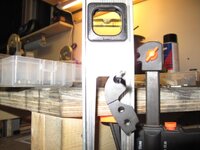1 thing you should compare, is to hang the weights from the same pin. This will give you the center of gravity of the weight, as opposed to setting them flat on the table as your pic shows.
If I remember correctly, when the COG is towards the bottom side of the weight, the weight will shift more aggressivly at the start, and less aggressive towards top end. D&D's big Dod weights change the COG to the bottom side.
If the COG is towards the top side (where the roller runs), it shifts less aggressivly on the bottom end, and more on the top.
The reason the weight with more COG on the bottom side shifts more aggressivly on the bottom is as the weight swings open, the COG pushes the force against the roller, shifting the clutch out. As it swings out, centrifigual force has more mass to "pull" on the weight. as it nears the end, the main mass is past center and thus shifts slower. The opposite is true for the COG on the other side.
As for profile, a flatter profile usually shifts slower, as the roller has to travel further on the weight to close the sheaves. The more aggressive the profile is (curved from pin to tip), the faster is closes the clutch. Culter's profile is very aggressive, and shifts the clutch closed very fast. With a weight that closes the clutch fast, it shifts the belt higher, quicker, and can actually cause you to bog down. It simply shifts up too fast and puts too much load on the motor.
As I see it, the big mass on the bottom will shift very fast, and lug the motor. To overcome this, the profile had to be flattened out, so that the motor can "keep up" with clutches.
Hanging the weights side by side on a pin will tell you the COG. With them hanging, draw an imaginary line through the center of the pin, straight down to the floor. Which side of this line is there more mass on?
DTR
